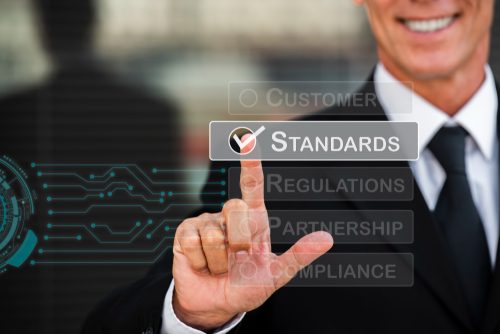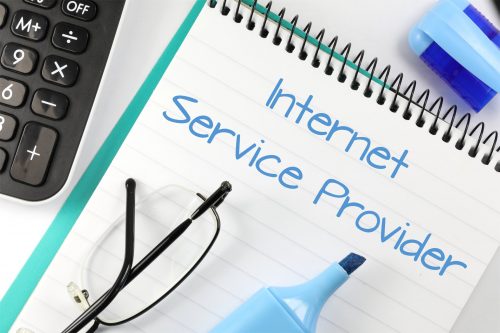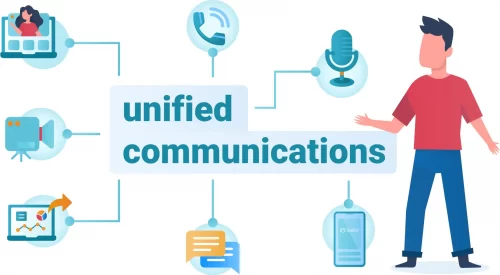Paying someone who knows the truth about the culprits just to keep him silent doesn’t seem like a scene from a Hollywood thriller crime series.
Yeah! It does, but this crime is often committed in real life as well. The culprits, from politicians to business elites to celebrities, try to silence the witnesses by pressuring them or paying them hefty money.
A hush money example is the practice of keeping someone silent to hide the truth from public eyes using financial benefits.
But the question often arises: Is hush money legal? Well, if we look closely, the practice isn’t listed as illegitimate.
However, suppose the payer is a renowned politician who has gotten millions of dollars in corruption, fraud, and embezzlement to avoid the detection and reputational damage that could lead to their political career-ending. In that case, the transaction will be considered illegal.
The use of a shell company or other unusual transaction methods also makes this hush money transaction illegal.
This blog will highlight hush money, its historical background, the red flags of hush money transactions, and how financial institutions can detect and prevent hush money transactions within their jurisdictions.
Understanding Hush Money and its historical perspective.
In the early 19th century, when the world was evolving towards industrialization, hush money deals transactions became more prominent due to the rising cases of corruption, fraud, money laundering, and embezzlement.
However, in the last three decades, the term became more prominent when the then-President of the United States, Bill Clinton, paid his secretary a costly gift to conceal their hidden affairs from the public.
What is the Trump Hush Money trial case?
The latest in this series of hush money cases is the trump hush money trail case, where his attorney, Cohen, has admitted that he had made the 130,000 dollar payment to the entertainment industry film star Danial to hide the Trump affair with her.
The payment was made to cover up the Trump affair and ultimately influence the 2016 presidential elections. Trump finally changed his ways, and he held the presidency for the next four years.
How is the payment considered a hush money transaction in the trump case?
The then-personal attorney of Trump admitted that he made the transition to film star using his own established shell company.
Payment made using the shell company always makes it suspicious.
Top Red Flags of Hush Money Transactions
Detecting hush money transactions is quite challenging for financial institutions, but the following red flags can help them identify unusual transactions that could lead to hush money transactions.
Unusual or Large Cash payments
The most prominent and well-known hush money practices involve significant amounts of cash, primarily if such transactions are not related to standard business practices, which could be a red flag.
A sudden large withdrawal or cash deposit that the payer and receiver cannot explain the purpose of their transactions.
Lack of Documentation or Vague Descriptions
Proper reasoning must accompany every transaction, but what if someone fails to provide the proper documents and details about his transactions?
Doesn’t it alert the compliance team to consider such payments suspicious? Yes, it does. Therefore, Payments that lack proper documentation or detailed descriptions of the purpose are the red flags of hush money transactions..
Such payments are often paid under the “consulting fees” or “miscellaneous expenses” without further explanation.
Payments to Unrelated or Unusual Parties
Payments Clinton made to his secretary and Trump made to the film star using shell companies are also a red flag.
When someone makes payments using shell companies, it looks like the transaction is being made to someone unknown to everyone.
So, Payments made using shell companies, offshore accounts, or individuals who are not regular business partners could be a sign of hush money transactions.
Structured Payments to Avoid Detection
Though the practice is often used for laundering money, it is also used for hush money transactions.
Payments divided into smaller amounts or made through multiple transactions to avoid triggering reporting requirements raise concerns.
For instance, if someone splits a large payment into several smaller transactions over a short period to fly under regulatory or internal radar, it could be an attempt either to launder the illicit money or to hush money transactions.
How can Financial institutions combat hard money transactions?
Hush money transactions are often hidden and undetectable. However, businesses can still find ways to detect them. Here are some of them.
Enhance the Due Diligence Process
Implementing rigorous due diligence processes for high-risk clients and transactions can make a significant difference in detecting and combating hush money transactions.
Conduct thorough background checks on clients, especially those in high-risk industries or regions.
Before any transactions, verify the source of funds and the purpose of their transactions.
Transaction Monitoring
AML monitoring and screening software is an advanced AI-powered tool that helps businesses continuously monitor transactions for suspicious activities. It could be done using advanced analytics and AI, which detects unusual patterns or behaviors.
Another best way is to Set up automated alerts for large, frequent, or suspicious cash transactions.
Robust KYC Processes
While onboarding new customers, you must collect comprehensive information about the clients, which is essential to Implement stringent Know Your Customer (KYC) processes.
It’s not just a one-time process; after onboarding, Continuous updates of client information and periodic reviews are conducted to stay compliant with the regulations.
Stay one step ahead of the criminals with robust monitoring and screening solutions. These solutions contain a list of millions of sanctions, peps, global watchlists, and adverse media information, updated every 15 minutes.
If it becomes difficult for your business to monitor and detect hush money transactions, contact AML Watcher and resolve all your problems using a single compliance solution.








